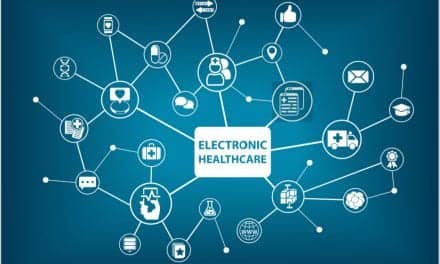A recent study may be able to back up the suggestion that amputees may be experiencing various sensations and neuropathic pain while they are near cellphone towers and other technologies that produce radio-frequency electromagnetic fields.
“Our study provides evidence, for the first time, that subjects exposed to cellphone towers at low, regular levels can actually perceive pain,” says Mario Romero-Ortega, PhD, the study’s senior author, in a media release from the University of Texas at Dallas (UT Dallas).
“Our study also points to a specific nerve pathway that may contribute to our main finding,” states Romero-Ortega, associate professor of bioengineering at UT Dallas’ Erik Jonsson School of Engineering and Computer Science.
In their study, published recently in PLOS ONE, Romero-Ortega and his research team hypothesized that the formation of neuromas created an environment that may be sensitive to EMF-tissue interactions. To test this, the team randomly assigned 20 rats into two groups: one receiving a nerve injury that simulated amputation, and the other group receiving a sham treatment.
The team then exposed the subjects to a radiofrequency electromagnetic antenna for 10 minutes, once per week for 8 weeks. The antenna delivered a power density equal to that measured at 39 meters from a local cellphone tower—a power density that a person might encounter outside of occupational settings.
By the fourth week, 88% of subjects in the nerve-injured group demonstrated a behavioral pain response, while only one subject in the sham group exhibited pain at a single time point, and that was during the first week. After growth of neuroma and resection, the pain responses persisted, the release explains.
“Many believe that a neuroma has to be present in order to evoke pain. Our model found that electromagnetic fields evoked pain that is perceived before neuroma formation; subjects felt pain almost immediately,” Romero-Ortega states in the release.
“My hope is that this study will highlight the importance of developing clinical options to prevent neuromas, instead of the current partially effective surgery alternatives for neuroma resection to treat pain,” he adds.
According to the research team, their next step will be to develop devices that block neuropathic pain from radiofrequency electromagnetic energy, per the release.
[Source(s): University of Texas at Dallas, Science Daily]





Concerning the PLOS ONE article by Dr. Romero-Ortega et al. serious doubts about the scientific correctness and validity of the study have been raised by several experts. A request to withdraw the paper has been presented:
http://journals.plos.org/plosone/article/comments?id=10.1371/journal.pone.0144268
I have a degenerative illness of the spine due to healthy cells in the wrong place(spinal fluid). Slowly paralizing from the bottom up , I am now a incomplet tetraplegic going towards quad. I have pain when my I pad is loading info, from my head to my harms to a point where I have to push away!
I have been subject to pain with wifi frequencies! I thought I was imagining it but thank you for the info!